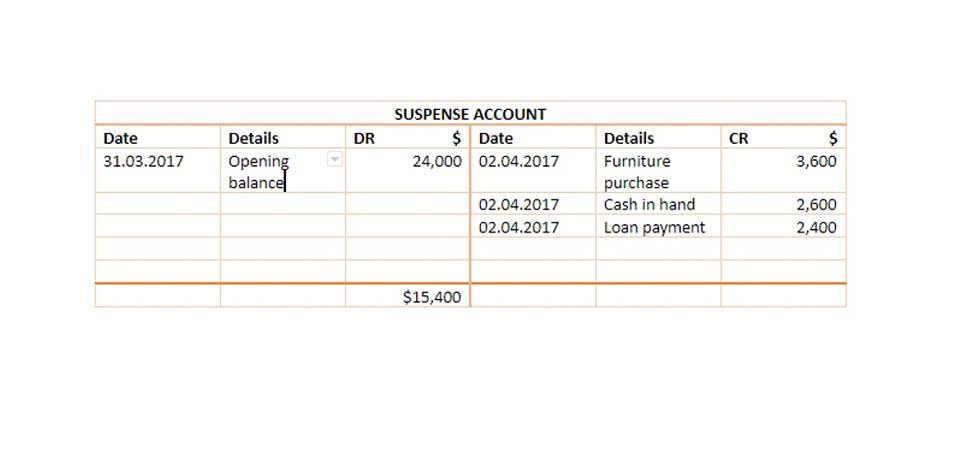
This is why SG&A expenses are often the first to go if a company is trying to reduce costs. SG&A expenses can be reported differently, depending on the company. Depreciation refers to expenses related to a fixed asset’s usage, allocating costs based on wear and tear throughout the asset’s useful life. General and administrative (G&A) expenses are commonly known as a company’s overhead.

What Are General and Administrative Costs?
SG&A accounts for the overhead costs necessary for day-to-day operations, but these costs don’t contribute to production directly. The second part of SG&A Expense are general & administrative expenses. Companies incur these expenses in order to keep their business running. Every company, no matter how efficient, will incur at least some sort of administrative expense.
Related Terms

General & Administrative Expenses are the overhead expenses of the company. They are the fixed costs incurred by the company like the rent, mortgages, and insurance that need to be paid. SG&A is an important point to remember when calculating a company’s profitability. It is all the costs that are not related to the direct manufacturing of the product.

Protect your business
SG&A expenses are cash flow essentially the cost of running your company; these are costs unrelated (at least not directly) to production or sales. SG&A expenses are reported in a company’s income statement and represent any overheads included in a company’s core operating business related to supporting the business. These expenses are included in the calculation of operating profit, profit before tax, and net income.
Net/total revenue is always found at the top of the income statement, then COGS is deducted to get the gross margin or gross profit. While reducing SG&A costs can provide a quick boost to profits, it’s important to avoid making cuts that could have a negative impact on long-term profitability. For example, reducing marketing and advertising costs might provide a short-term increase in profit, but it could also harm sales in the long term. General expenses are incurred by a company regardless of the industry or products/services it creates.
- Calculating SG&A is an essential part of business financial management.
- Think of an importer that has only a warehouse and almost no other fixed expenses.
- These items are included in cost of goods sold (COGS), which is deducted from revenue to calculate gross profit.
- Companies often provide footnotes that accompany their financial statements, where they may explain what exactly makes up the different categories of expenses such as for SG&A.
- When companies undergo mergers, SG&A is the first place they look to reduce redundancies.
- While reducing SG&A can boost profitability, there are risks in cutting too much or cutting the wrong areas.
- Looking for training on the income statement, balance sheet, and statement of cash flows?
What Are Selling Expenses?
One Debt to Asset Ratio oft-used method is to look at what percentage of the company’s sales goes to SG&A. Besides the income statement, SGA accounting entries affect other financial reports. These include a statement of cash flows, a statement of financial position and a report on shareholders’ equity.
- From this example, you can see that BrightTech Solutions Inc. had total revenues of $1,500,000 for the year.
- General and administrative (G&A) expenses are commonly known as a company’s overhead.
- It’s all about finding that sweet spot where spending supports growth without hurting the bottom line.
- What’s considered normal for SG&A spending in one sector can be vastly different in another.
- He has authored articles since 2000, covering topics such as politics, technology and business.
- SG&A can be broken down into selling expenses and general and administrative expenses.
What Is The Difference Between COGs And SG&A?
We will now see some live examples of companies selling General & Administrative expenses. The SG&A expenses list includes includes the selling expenses that are divided into direct expense and indirect expenses. SG&A expenses list includes those expenses that are necessary to keep the business going. However, they are not directly included in manufacturing or product cost.

Overhead expenses are often beneficial — one obvious example is accounting. Accounting is a crucial business function, and it’s captured within SG&A expenses. A comprehensive view of your finances (both non-operating and operating expenses) is essential to your success and to remain compliant with taxes and regulations. SG&A is also a component subtracted from revenue to arrive at EBITDA. Cost of goods sold (COGS) relates to the direct costs of production for a good or service and is used to calculate gross profit. sg&a meaning These costs are usually raw materials, production, factory and labor costs so will vary according to how many goods are being produced.

